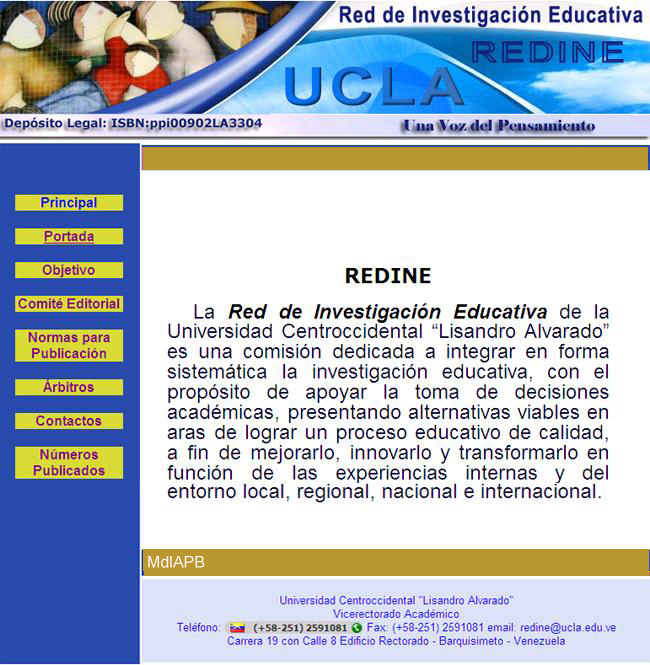information and communication for education biotechnology
Keywords:
biotechnology, education, information and communication technologiesAbstract
This study is framed in an investigation of descriptive field, the same was to describe the use of ITC for teaching biotechnology. This research is focused on the constructivist theory supported on technological theory .The subjects of this study were composed of thirty (30) teachers who teach the subject of Biology. . The phase of the study was conducted primarily by the diagnosis is performed by applying an instrument with its evaluation by experts in the subject proposed. In other reliability was performed by calculating the Alpha Cronbach coefficient to determine that the instrument is homogeneous, uniform, consistent and reliable. The analysis results indicate that there is very high need for incorporating ITC for teaching biotechnology.
Downloads
References
Ávila, H. (1999). Introducción a la metodología de la investigación .Enciclopedia ilustrada iberoamericana: Madrid España.
Balestrini, M. (2002). Como se e elabora el proyecto de investigación.: Consultores Asociados. Caracas. Republica Bolivariana de Venezuela.
Berger y Kam (1996). Modelo Instruccional. Investigación aplicada: CPG. Castilla. España.
Dorrego, E. (1994). Modelo para la producción y evaluación formativa de medios instruccionales, aplicado al video y al software .Universidad Central de Venezuela.[Documento en linea].
Disonible:http://lsm.dei.uc.pt/ribie/
docfiles/txt20034
Freire P (1966). Efecto del software educativo el caballo de trolla.: enciclopedia ilustrada. Caracas.
Gagné, R. (1989). Psicología de la Enseñanza: Interamericana, México.
Giordan, A. (2002). El modelo Alosterico y las Teorias Contemporaneas Sobre el Aprendizaje.
[Documento en linea].
Disponible: http://www.ldes.unige .ch /
esp/r ech/all os/th_ap p. E.htm.
[Consulta:, Junio 2008].
Hernandez, R; Fernandez, C. y Baptista, P.(2003). Metodología de la investigación. México: D.F.
Rojas, A. (2004). Uso del Software Educativo como recurso Didáctico Para la Enseñanza del Are de Ciencias Naturales y su influencia en le Rendimiento Académico Escolar. Universidad Pedagógica Experimental Libertador. Barquisimeto.
Ruiz, B. (1998). Instrumentos de Investigación Educativa. Procedimientos para su diseño y validación. Venezuela: CIDES. C.A.
Sabino, Carlos. (1992). El proceso de investigación. [Documento en línea].
Disponible: http://paginas.ufm.edu/
Sabino/PI.htm.
[Consulta: 2008 Mayo 21].
UPEL. (2006).Manual de trabajos degrado de especialización y Maestría y tesis doctorales. Autor.
Published
How to Cite
Issue
Section
Derechos del/de autor/es a partir del año de publicación
Esta obra está bajo la licencia:
Creative Commons Reconocimiento-NoComercial-CompartirIgual 4.0 Internacional (CC BY-NC-SA 4.0)
Las opiniones expresadas por los autores no necesariamente reflejan la postura del editor de la publicación ni de la UCLA. Se autoriza la reproducción total o parcial de los textos aquí publicados, siempre y cuando se cite la fuente completa y la dirección electrónica de esta revista. Los autores(as) tienen el derecho de utilizar sus artículos para cualquier propósito siempre y cuando se realice sin fines de lucro. Los autores(as) pueden publicar en internet o cualquier otro medio la versión final aprobada de su trabajo, luego que esta ha sido publicada en esta revista.




